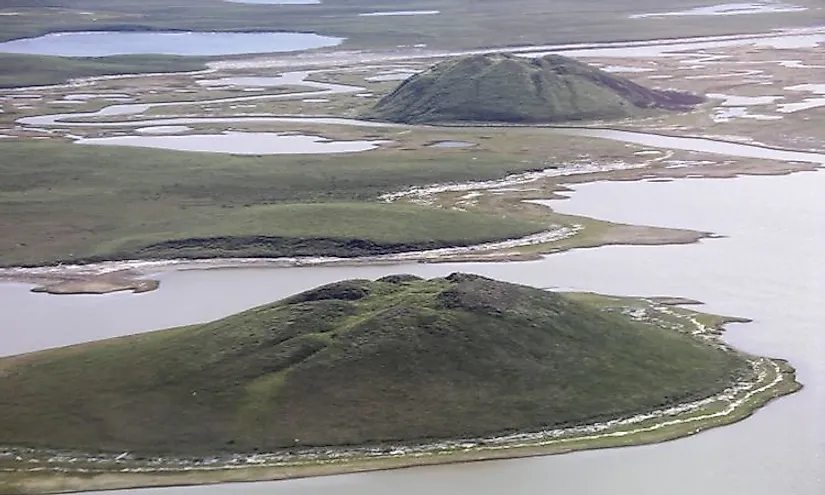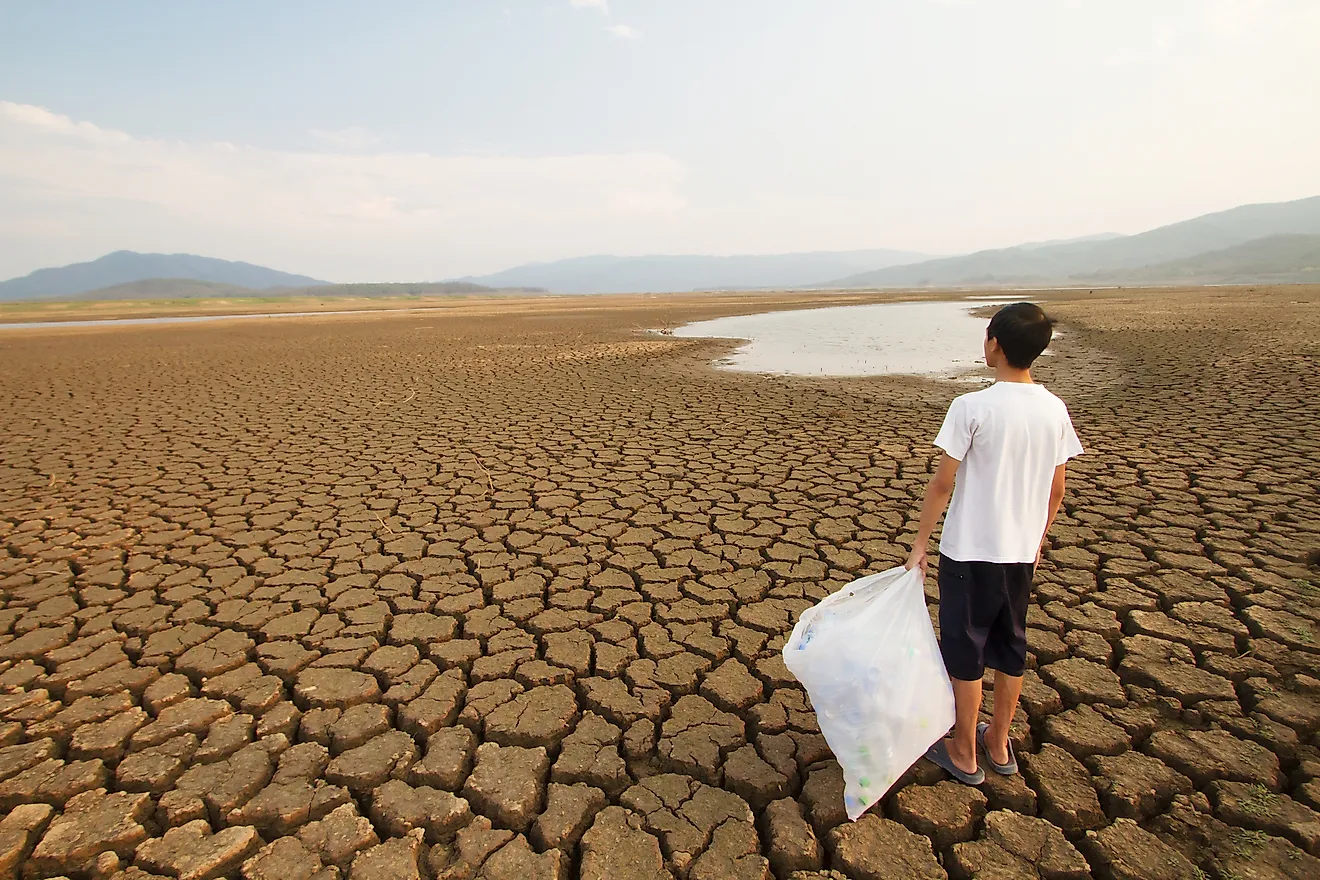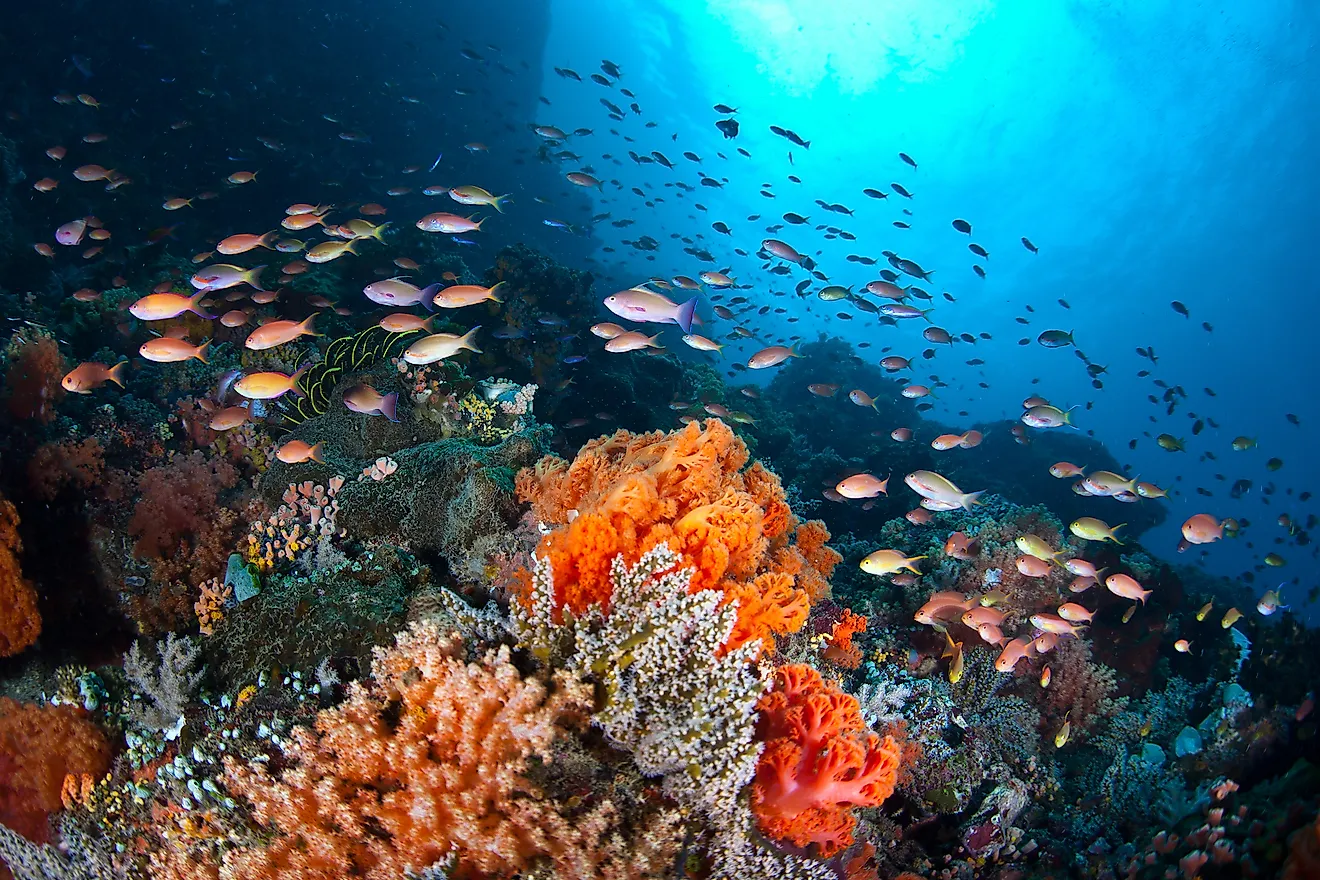Cryogenic Landforms: What Is A Pingo?

What Is A Pingo?
Landforms are common natural features on the surface of the earth or other planetary bodies. Landforms influence the terrain and the topography of an area. Some of the typical landforms include hills, mountains, valleys, and plateaus and are categorized according to their physical attributes such as elevation and slopes. Landforms are also categorized according to the processes they were formed. One of the most outstanding landforms in the Arctic and Subarctic is the Pingo. A pingo is a hill of earth-covered ice that can reach up to 230 ft in height and is found in the Arctic and subarctic. The term pingo originates from Inuvialuktun which translates to “small hill.” Pingos are periglacial landforms which are formed through processes linked to the cold climate.
Formation Of Pingos
Pingos are only formed in a permafrost environment. The hydrostatic Pingos are created due to the hydrostatic pressure of water derived from the permafrost drained from lakes or rivers. As permafrost rises, the pore waters are expelled from it resulting in pressure which results in the frozen ground rising forming an ice core. The hydrostatic pingos are smaller in shapes and sizes than the body of the source of water it originates. Hydraulic Pingos are formed as a result of groundwater flowing from an outside source. The ice core is first formed by the hydrostatic pressure as water is pushed leading to an immediate freezing. When the groundwater is subjected to high pressure, it forces its way expanding the ice core in the process. If the water entering the pingo is strong enough it can cause the pingo to rise allowing a sub-pingo water lenses to be formed beneath. Open-system or hydraulic pingos can be formed with any level of water. The hydraulic pingos occur at the base of slopes. Hydrostatic pingos are symmetrical conical domes while hydraulic pingos are oval or oblong shaped. Pingos can grow only a few centimeters per year. Evidence of former pingos have been found in areas near the former ice sheets serving as good indicators of climate change
Types Of Pingos
Pingos are grouped as either large or small. Smaller pingos have rounded tops while large pingos have breaks in the ice top. Large pingos may form craters with cones which look like those of volcanoes. Pingos that form on bedrocks also have the characteristics of large pingos. Pingos are broadly classified as hydrostatic or closed-system pingos and hydraulic or open-system. Both pingos can be distinguished from each other by determining if the lake deposits are associated with their formation. Pingos formed on the slopes are relatively small and irregular in shape and are formed due to the hydraulic pressure. Pingos formed on flat areas like old lake basins are much larger than those built on the slopes.
Location Of Pingos
More than 11,000 pingos are spread across the surface of the earth. One of the highest areas with the concentration of pingos is in the Tuktoyaktuk in the Mackenzie Delta. The area has over 1350 examples of pingos with eight of these landforms protected in the Pingo National Landmark. The world’s known highest pingo, Kadleroshilik pingo, is located in Alaska. Canada, Norway, Greenland, and Siberia are some of the countries famous for pingos. Ruins of pingos can also be found in Norfolk, England, and Netherlands.











